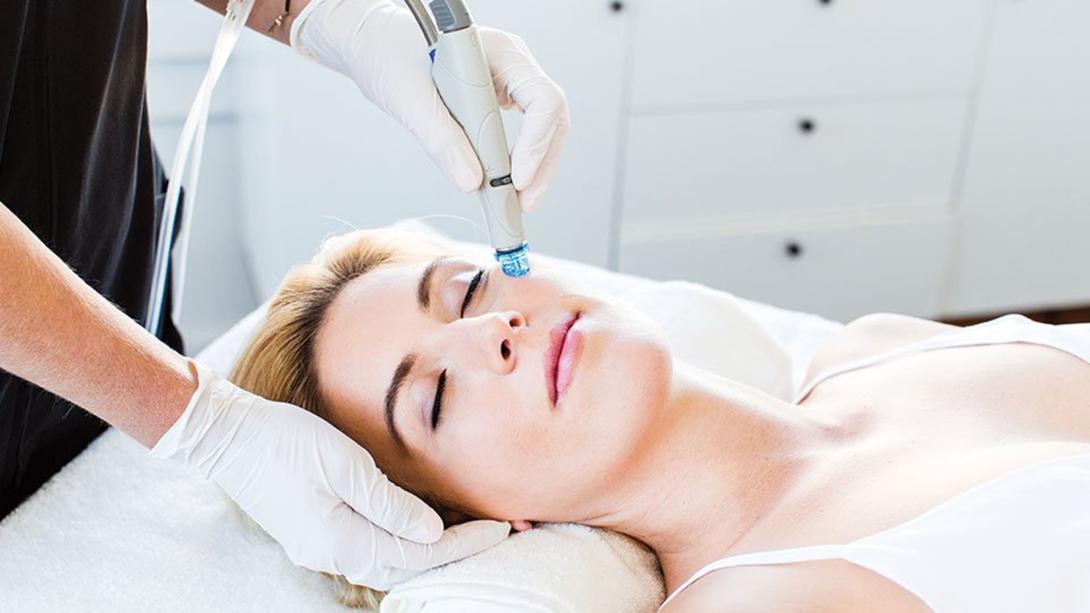
Rhinoplasty surgery in Riyadh, like elsewhere, encompasses various techniques tailored to individual needs and desired outcomes. Understanding these different types of procedures is crucial for anyone considering nasal reshaping. The choice of procedure depends on factors like the patient's anatomy, aesthetic goals, and functional requirements.
1. Cosmetic Rhinoplasty:
This is the most common type of rhinoplasty, focusing on improving the nose's appearance. It addresses aesthetic concerns such as:
-
Dorsal Hump Reduction: Removing a bump on the bridge of the nose to create a smoother profile.
-
Tip Refinement: Reshaping the nasal tip to make it more defined or less bulbous.
-
Nostril Resizing: Narrowing or reshaping the nostrils to achieve better balance.
-
Overall Reshaping: Altering the size and projection of the nose to harmonize with other facial features.
Cosmetic rhinoplasty aims to create a natural-looking result that enhances facial aesthetics.
2. Functional Rhinoplasty:
This procedure focuses on improving nasal function, particularly breathing. It addresses structural issues such as:
-
Deviated Septum Correction: Straightening the nasal septum, the cartilage and bone that divides the nasal cavity, to improve airflow.
-
Turbinate Reduction: Reducing the size of the turbinates, bony structures inside the nose, to open up nasal passages.
-
Nasal Valve Repair: Correcting problems with the nasal valves, which can obstruct airflow.
Functional rhinoplasty can significantly improve breathing and alleviate symptoms like nasal congestion and sinus problems.
3. Reconstructive Rhinoplasty:
This type of rhinoplasty is performed to repair damage caused by trauma, previous surgeries, or congenital defects. It can involve:
-
Trauma Repair: Reconstructing the nose after fractures or other injuries.
-
Revision Rhinoplasty: Correcting problems from previous rhinoplasty procedures, such as asymmetry, scarring, or breathing difficulties.
-
Congenital Defect Correction: Repairing birth defects like cleft lip and palate, which can affect the nose's shape and function.
Reconstructive rhinoplasty is often more complex than cosmetic or functional rhinoplasty and requires specialized expertise.
4. Revision Rhinoplasty:
This specifically refers to a second or subsequent rhinoplasty performed to correct issues arising from a previous procedure. Common reasons for revision rhinoplasty include:
- Unsatisfactory Aesthetic Results: Addressing issues like asymmetry, irregularities, or an unnatural appearance.
-
Functional Problems: Correcting breathing difficulties or other functional issues that were not resolved or were created by the initial surgery.
-
Scarring or Complications: Repairing scarring or addressing other complications from the previous procedure.
Revision rhinoplasty often requires a high level of skill and experience due to the altered anatomy and potential scarring.
5. Open vs. Closed Rhinoplasty:
These are surgical techniques used in various types of rhinoplasty.
-
Open Rhinoplasty: This involves a small incision across the columella (the strip of tissue between the nostrils). This technique provides greater visibility and access to the nasal structures, making it suitable for complex cases.
-
Closed Rhinoplasty: This involves incisions made inside the nostrils. This technique leaves no visible external scars and is less invasive, but it may be less suitable for complex cases.
The choice of technique depends on the patient's individual needs and the surgeon's preference.
Considerations in Riyadh:
In Riyadh, surgeons often consider cultural preferences and strive to achieve natural-looking results. They also take into account the region's climate when providing post-operative care instructions. The availability of modern healthcare facilities and experienced surgeons ensures access to high-quality rhinoplasty procedures.
Understanding the different types of rhinoplasty procedures empowers patients to make informed decisions and achieve their desired outcomes. Consulting with a qualified surgeon is essential to determine the most appropriate procedure for individual needs.

